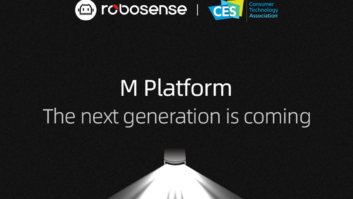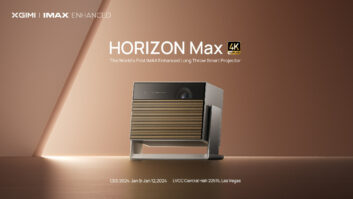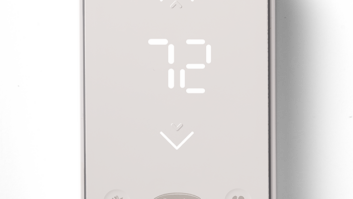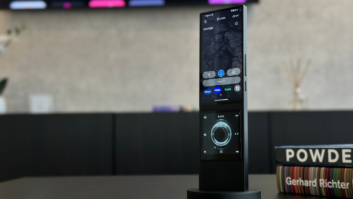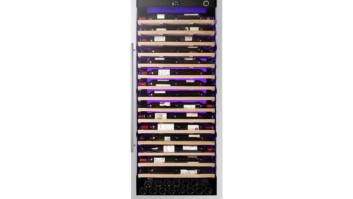New York —Verizon Wireless maintained Motorola as the supplier of its Droid brand of smartphones and launched a trio of models that include what they claim is the industry’s thinnest LTE smartphone.
It also introduced an LTE smartphone, which is claimed to be the industry’s longest battery life, at 48 hours of normal use.
The three Android 4.2.2 smartphones, available Aug. 20 in direct and indirect channels, are also the industry’s first Android smartphones with voice activation of Google Now, making it unnecessary for users to touch the screen first before issuing voice commands to the Google Now application. The feature, touchless control, keeps the phone always in listening mode to listen to commands from the voice that it has been trained to recognize.
All three, which replace three current LTE models in the performance-oriented Droid series, also feature a new app called Zap, which lets users use two fingers to swipe a picture or video to send it other Droid users up to 300 feet away via the Cloud. An app will also be available to let other Android phones receive the photos and videos but not send them. The Zap app sends the content to the Cloud and then, using recipient phones’ GPS location, sends the content in turn to other phones up to 300 feet from the sender.
The phones are the $99 Droid Mini with 4.3-inch screen, the $199 5-inch Ultra whose 7.18mm depth makes it the thinnest LTE smartphone available, and the $299 Maxx, whose battery delivers 48 hours of normal use to deliver more battery life than any other LTE phone, Verizon said.
Despite the longer battery life, the Maxx with 8.5mm depth is 9 percent thinner than its predecessor, which delivered 32 hours of normal-use battery life.
All also feature performance upgraded from the previous Droid series. Performance specs include a dual-core 1.7GHz CPU that’s 24 percent faster than the previous Droid CPUs; 2GB of RAM instead of 1 GB; and a proprietary eight-core Motorola 8X computing system that includes the dual-core applications processing CPU, four graphics processor cores for 100 percent faster graphics processing, a dedicated chip for natural language processing for use with Google Now, and a contextual processors for embedded sensors.
The phones also boast a series of other innovations, including an active display that lets users view notifications of email, missed calls, text messages and the like from the lock screen, making it unnecessary to wake up the phone to see the notifications.
For fast picture taking, the phones let users touch anywhere on the screen to snap a picture or take a video. Likewise, users can zoom in and out to take a picture by sliding a finger up or down any portion of the screen, and users can keep pressing the screen to snap multiple shots in quick succession.
On the home screen, a Command Center widget lets users view time, weather, and battery life and access the Zap app.
Other features in all three models include a 10-megapixel main camera, 2-megapixel front camera, 720p touchscreen display, nearfield communications (NFC) technology, and high-gloss black or red finish with 3D pattern.
All have Qi wireless charging, except for the super-thin Ultra.
The Maxx comes with 32GB of storage, while the other two feature 16GB. None features removable memory, the company said, because most people don’t use that much storage, and those that do can take advantage of Google’s Cloud storage. None features removable battery.
All three also feature Miracast to send pictures and videos wirelessly to Miracast-equipped TVs and to TVs outfitted with a Droid-optimized $69 Miracast adapter from Netgear. Motorola positions Miracast as simpler to use than DLNA networking.
Motorola was the first supplier of Droid-branded phones in late 2009 and has been the main Droid supplier since then.





